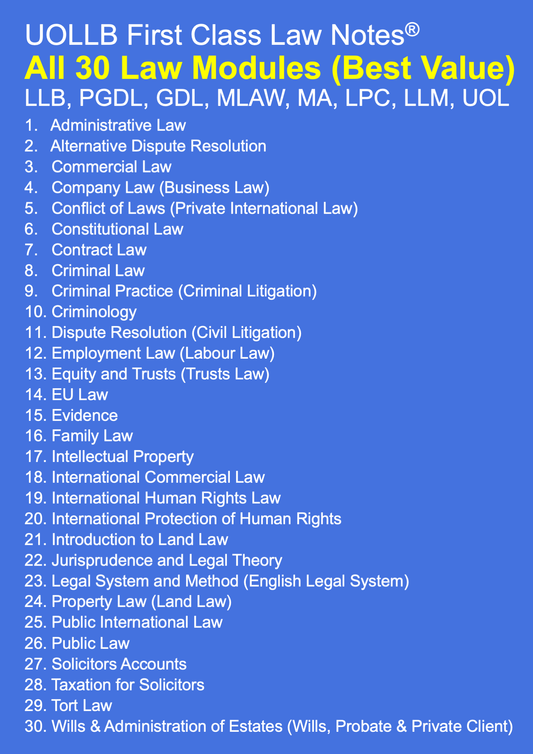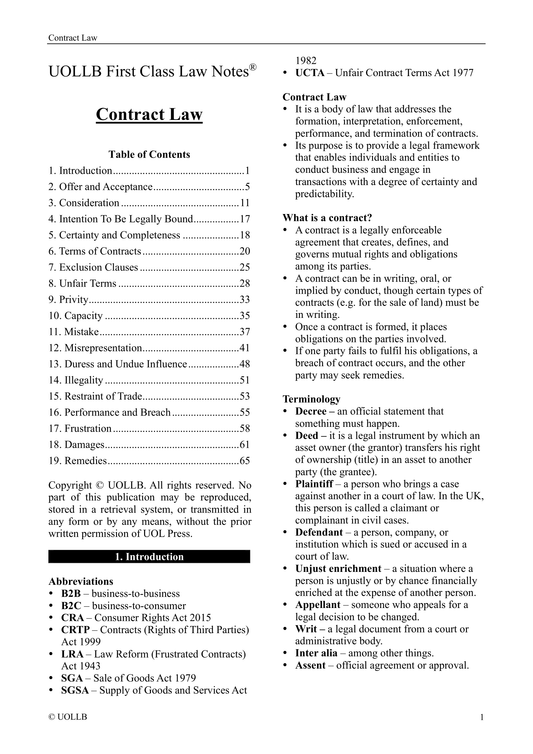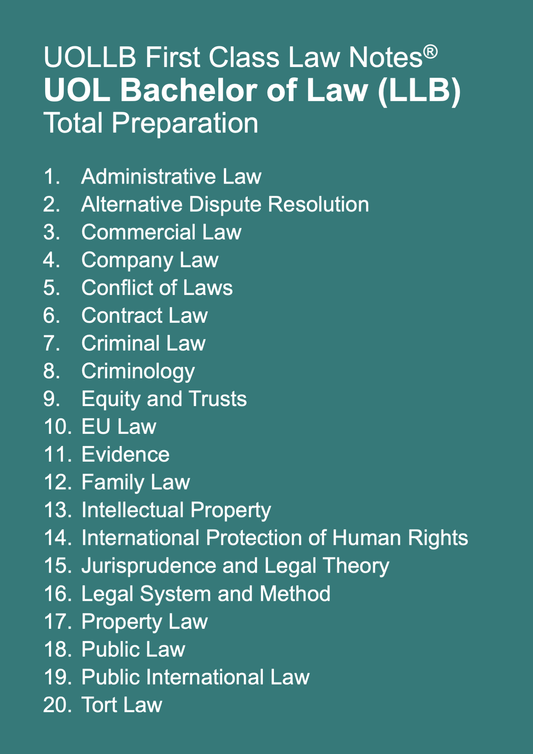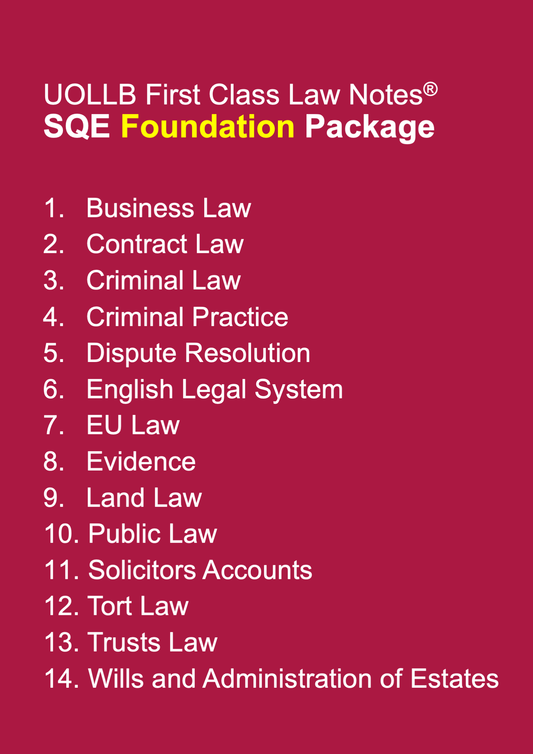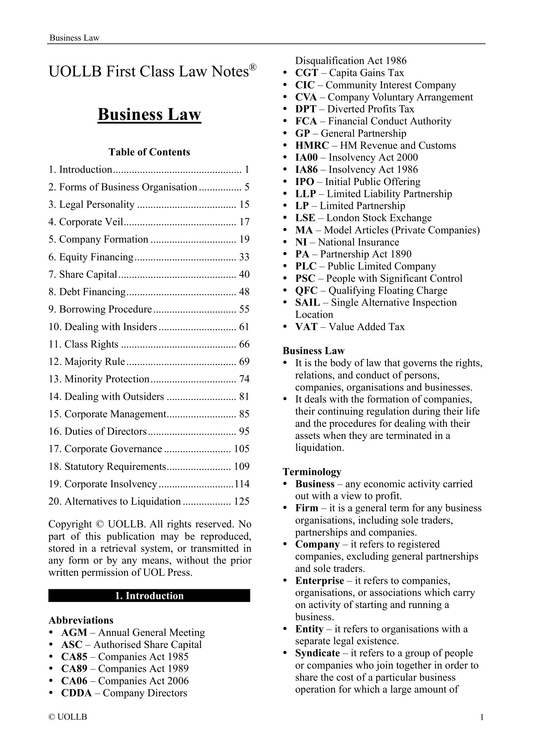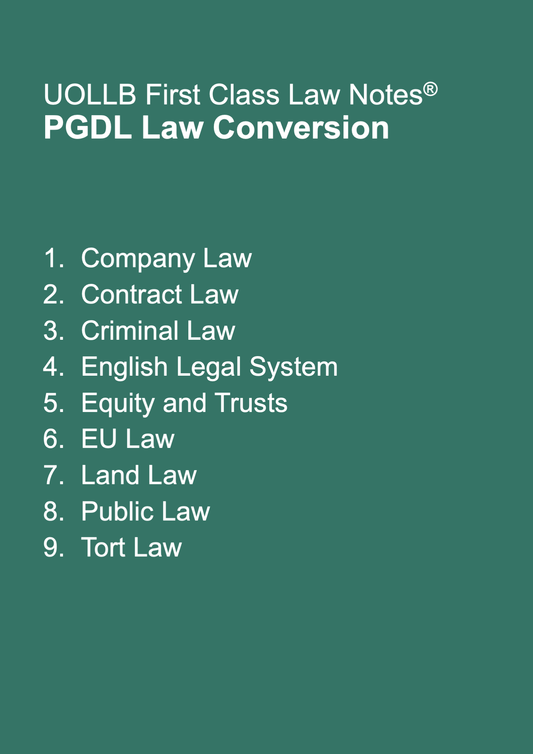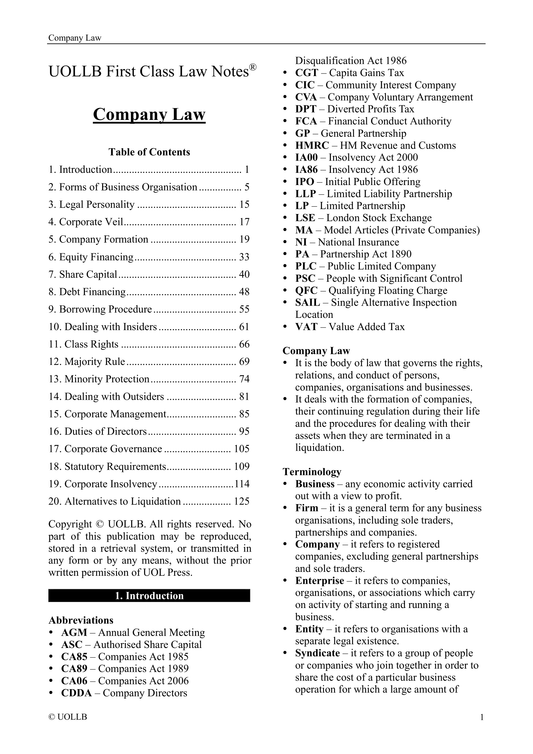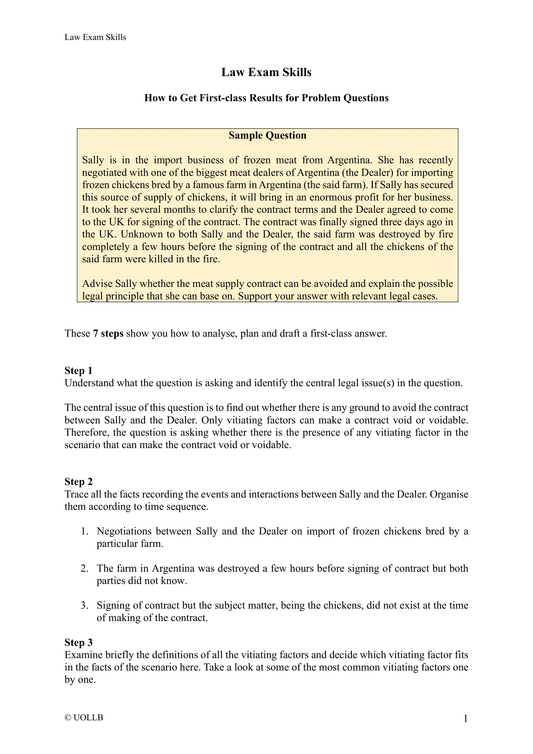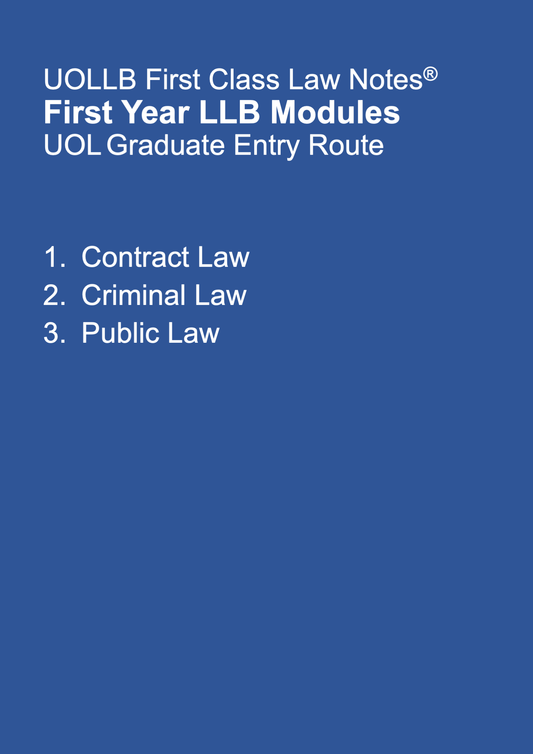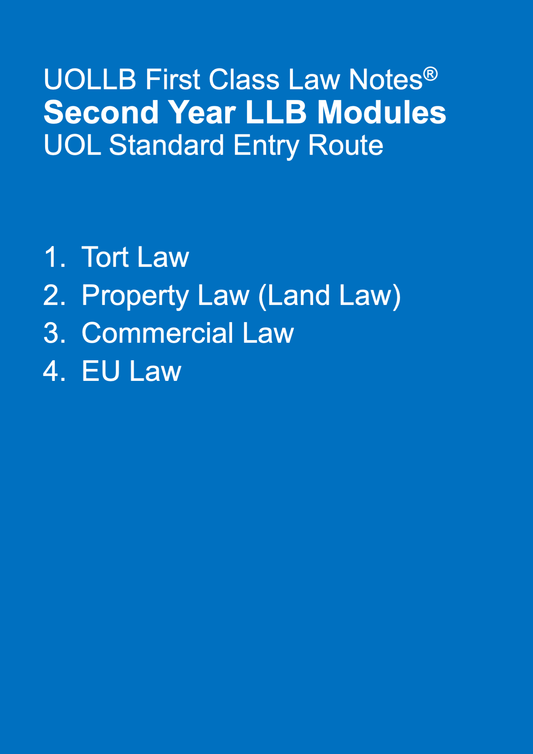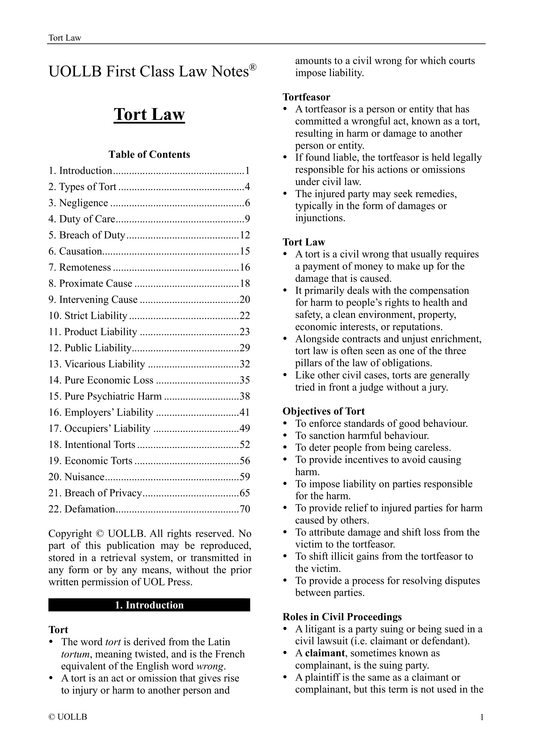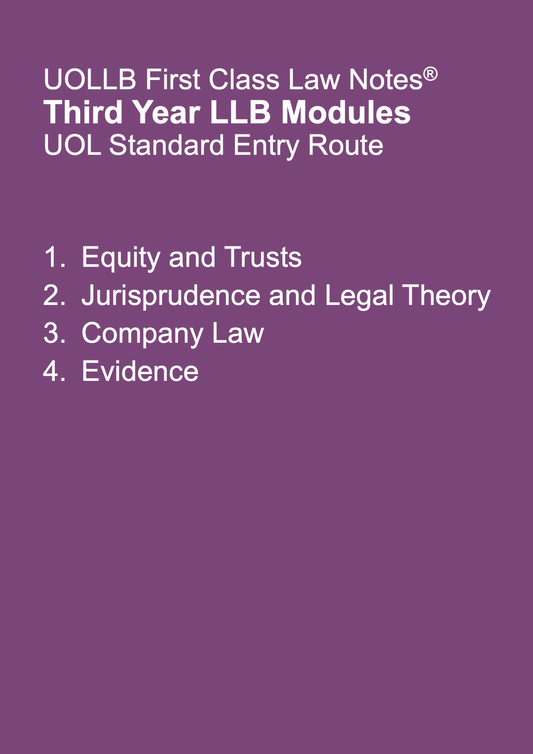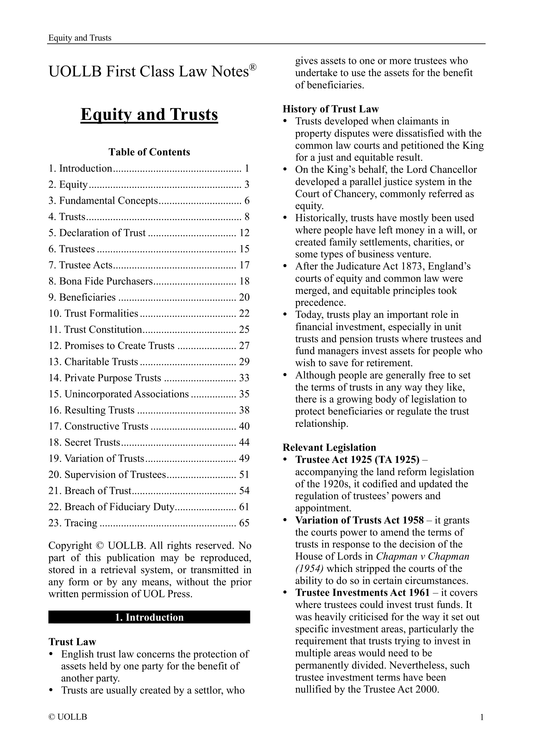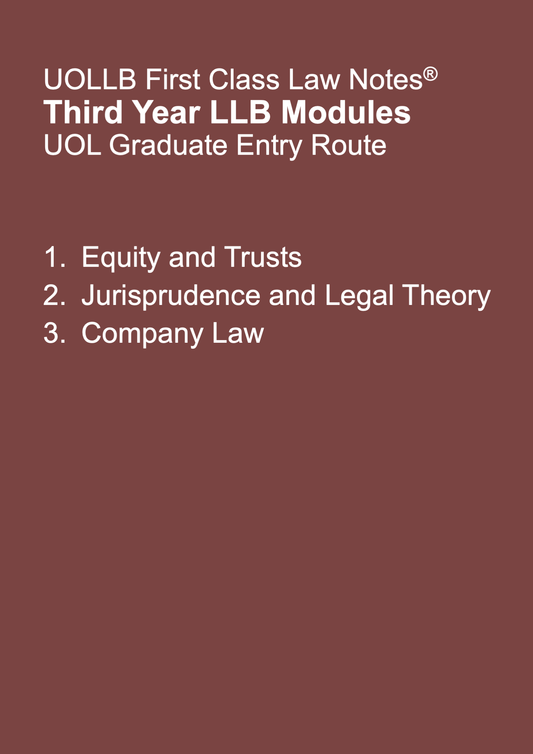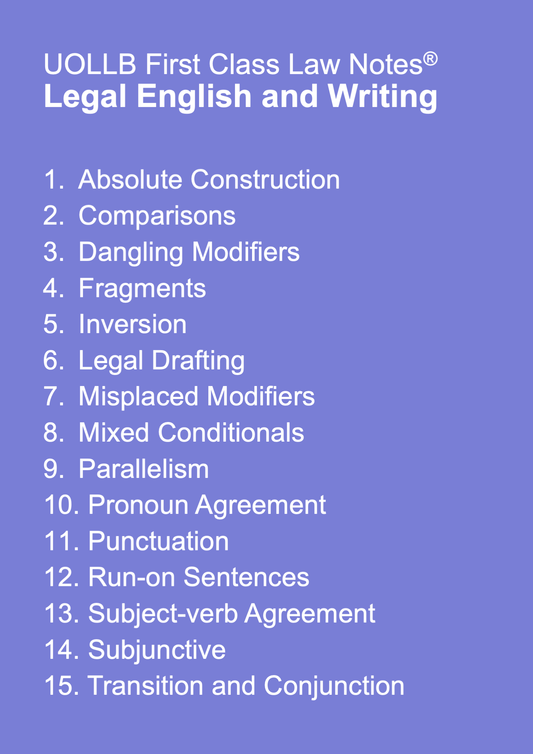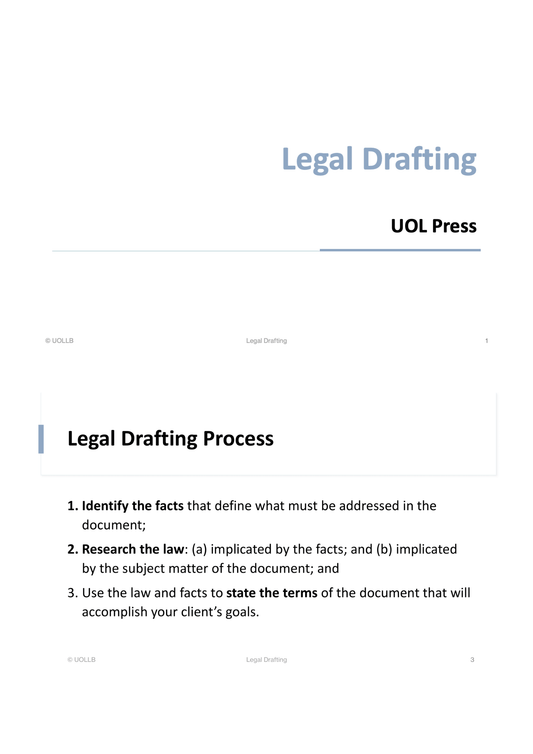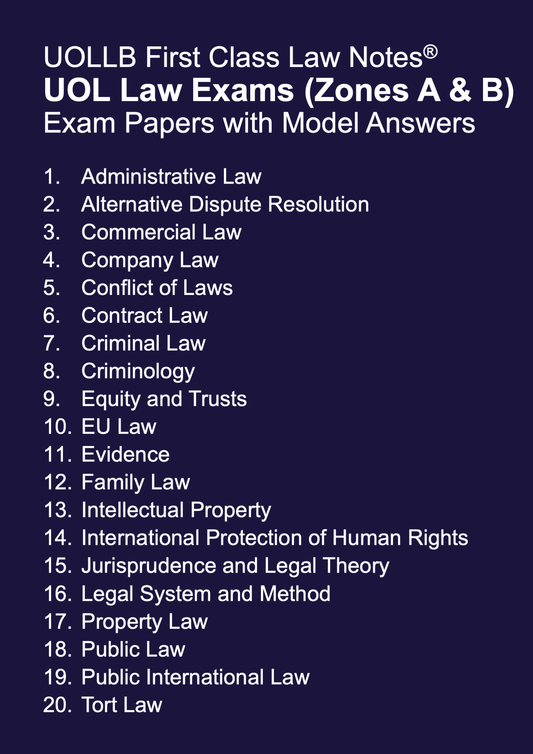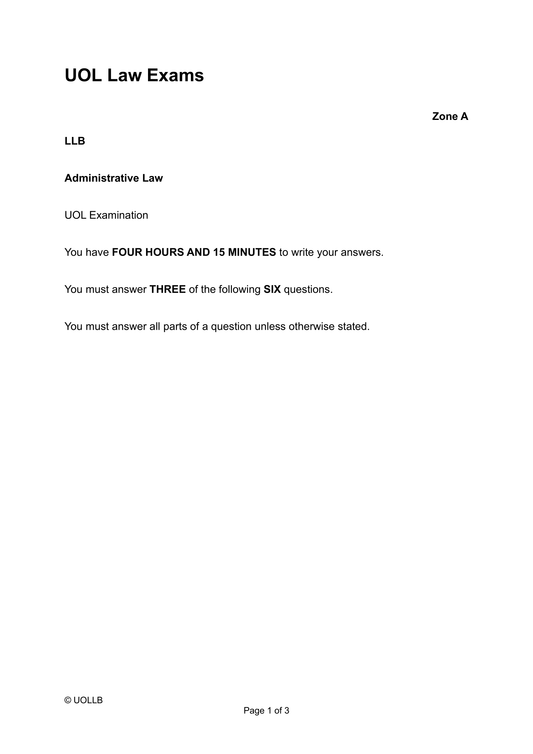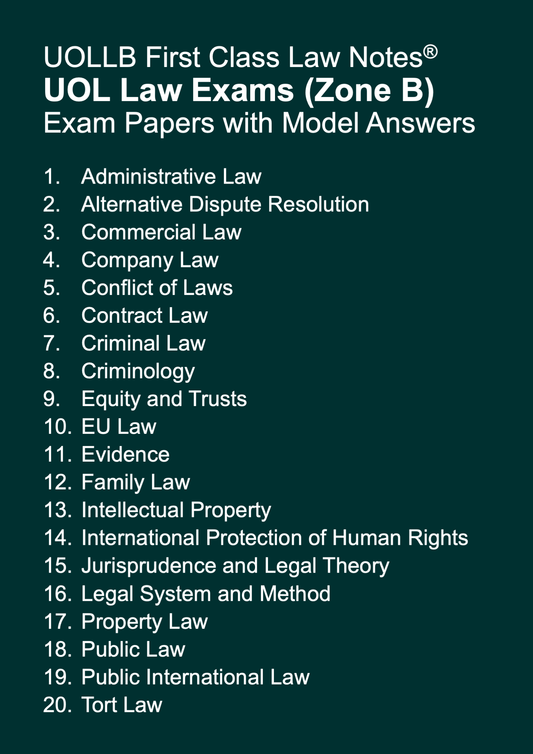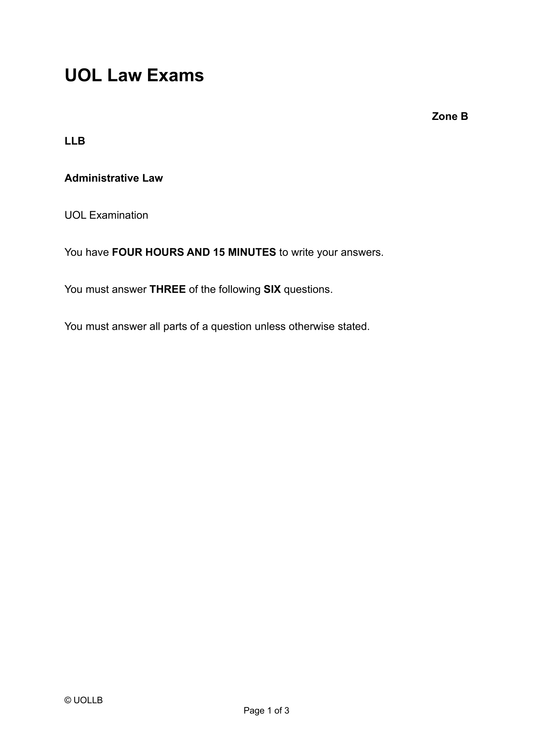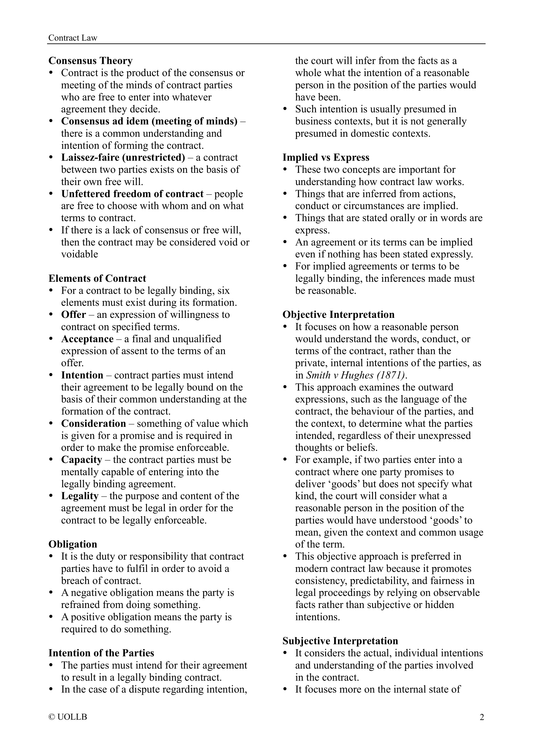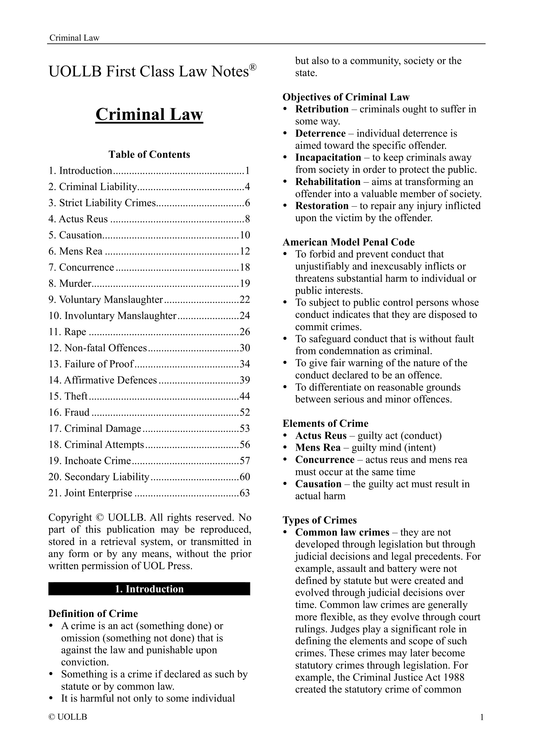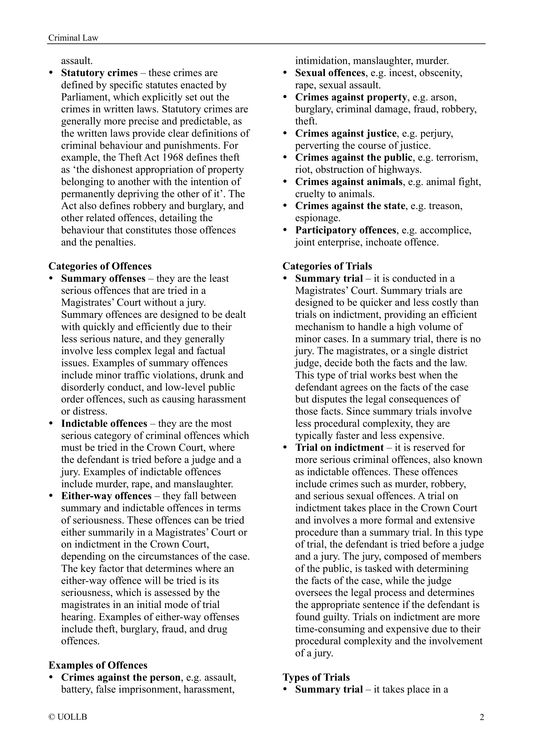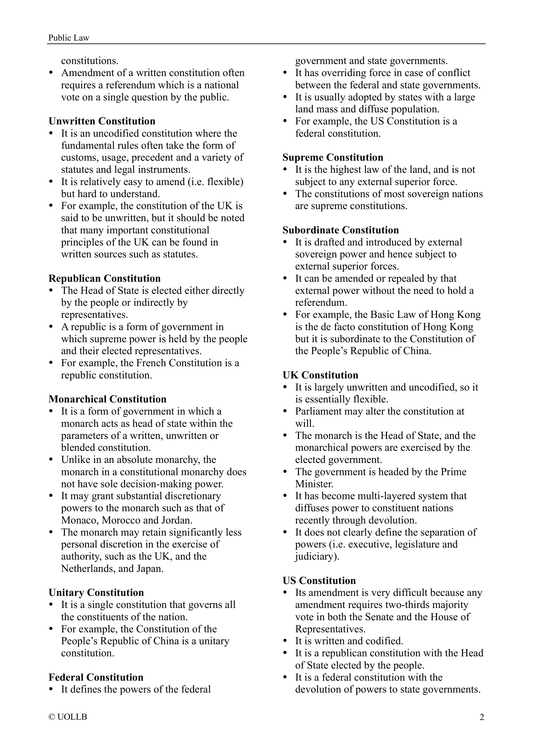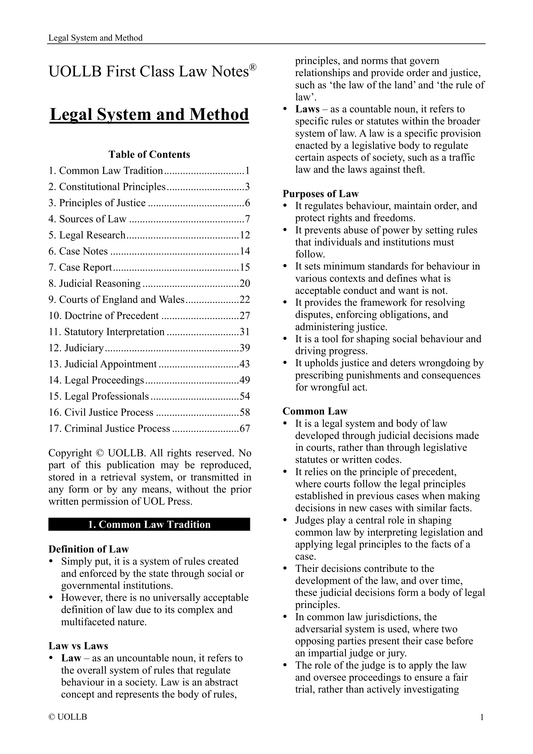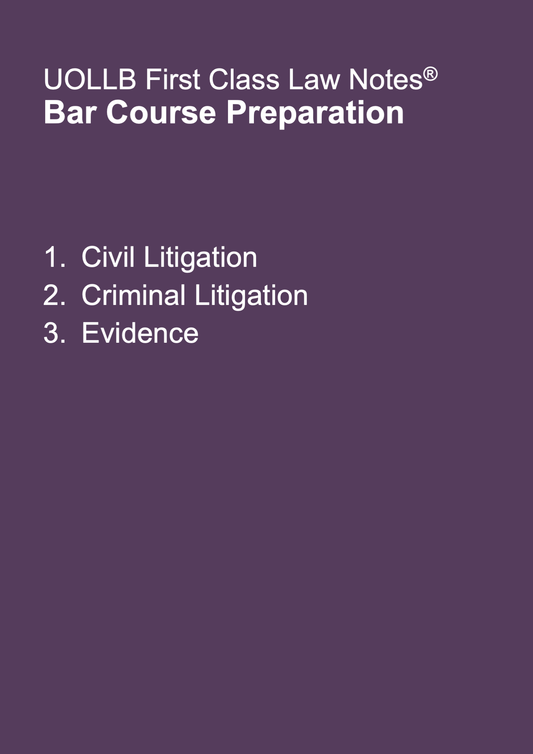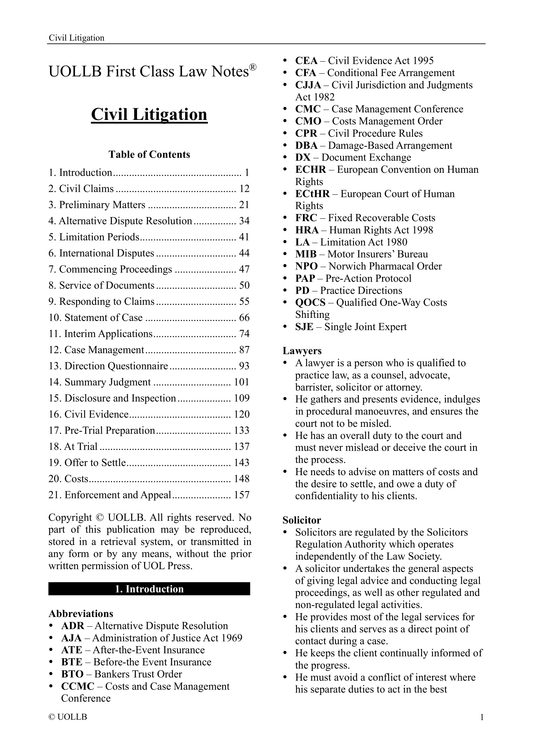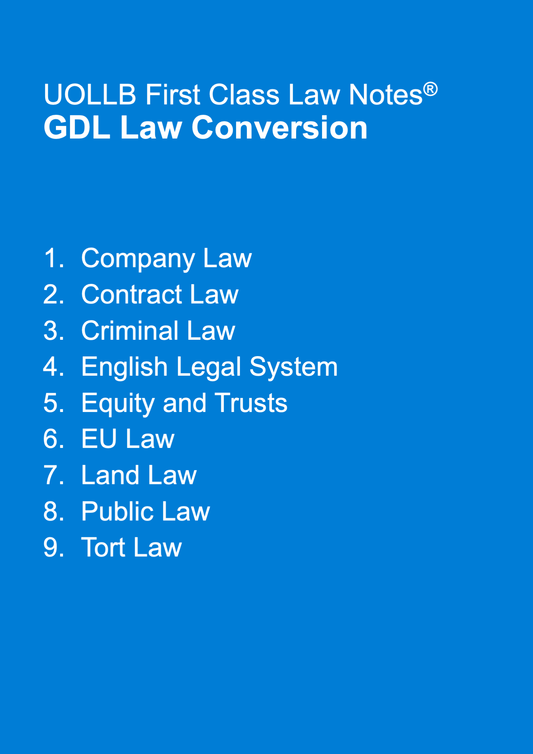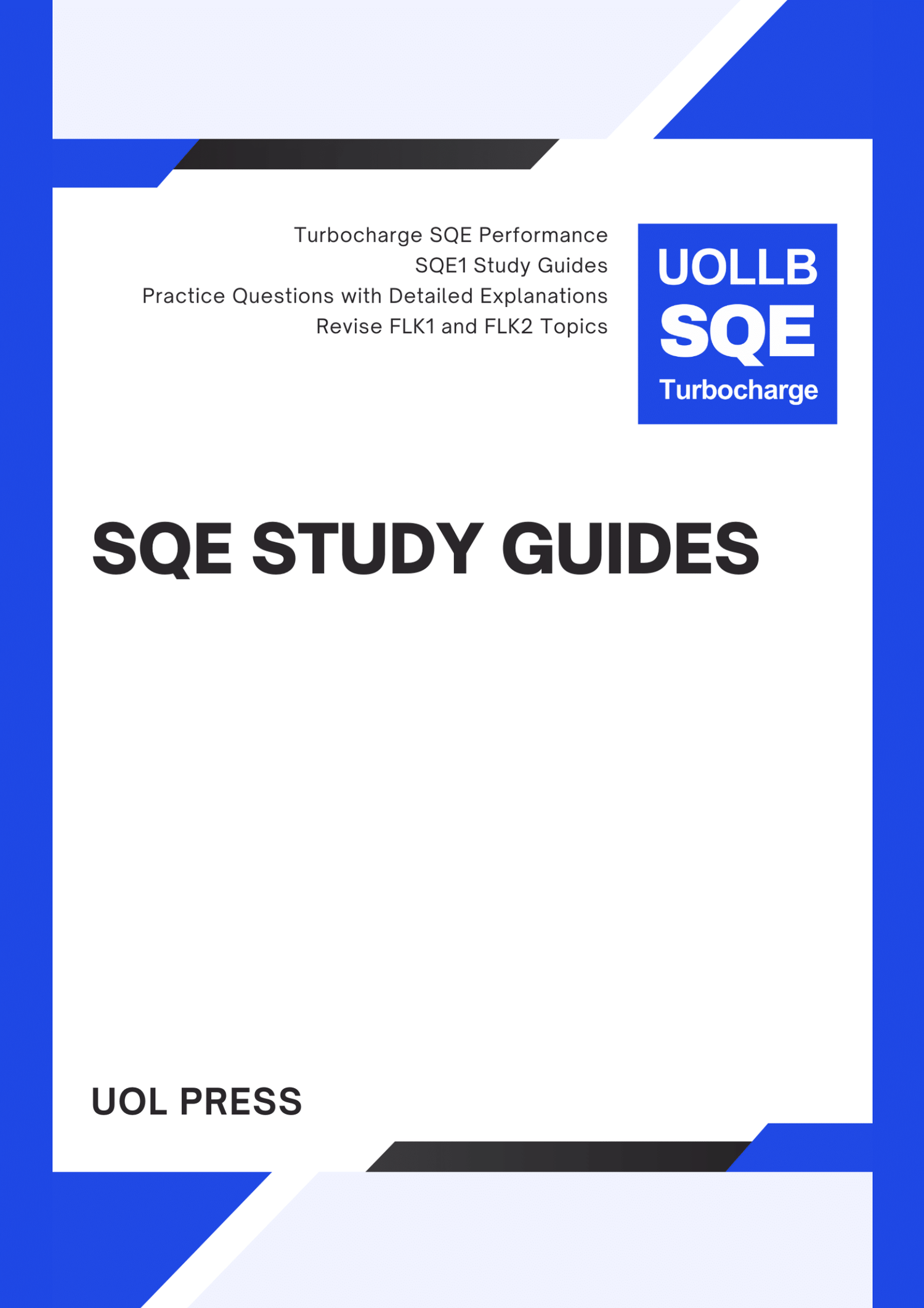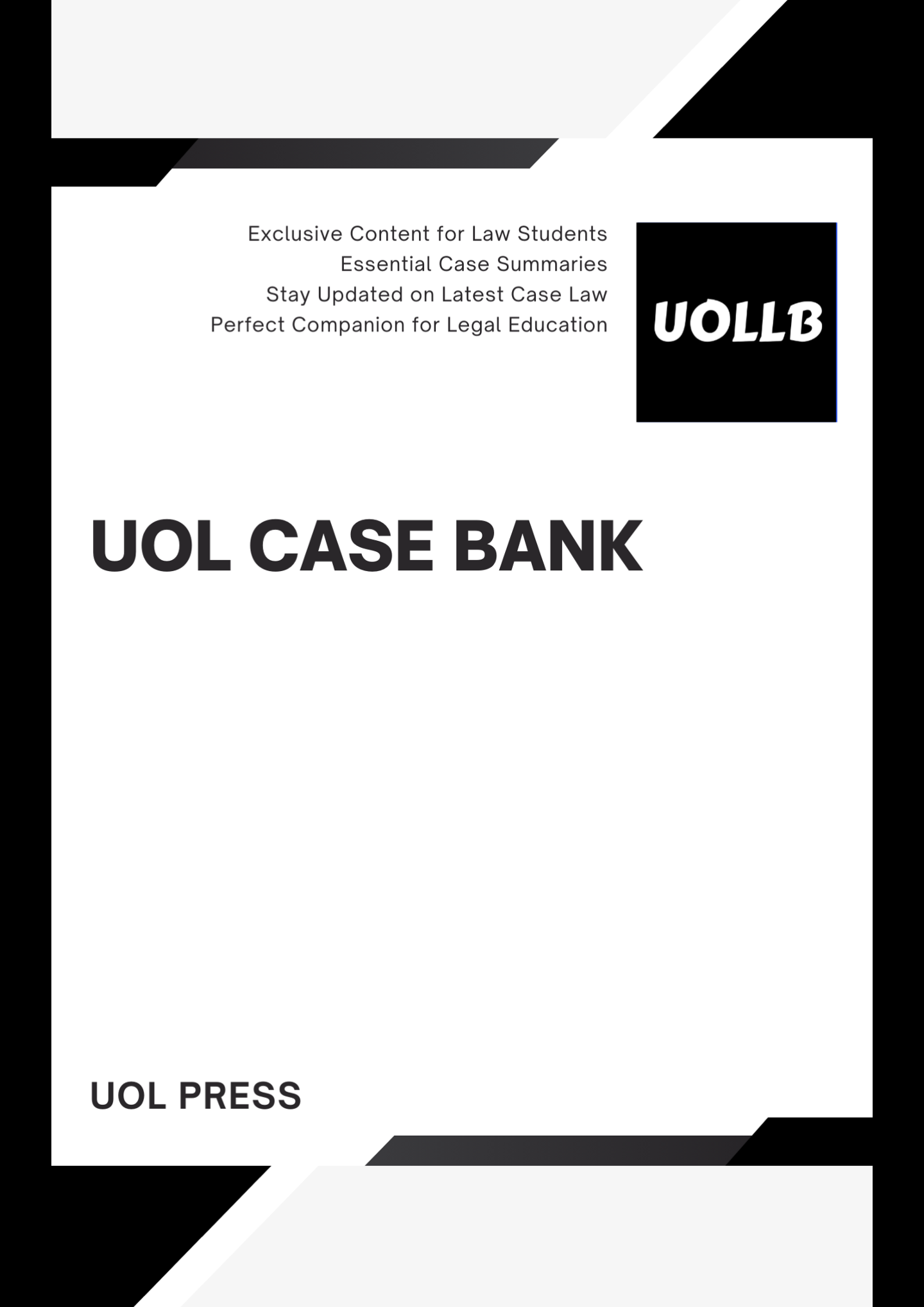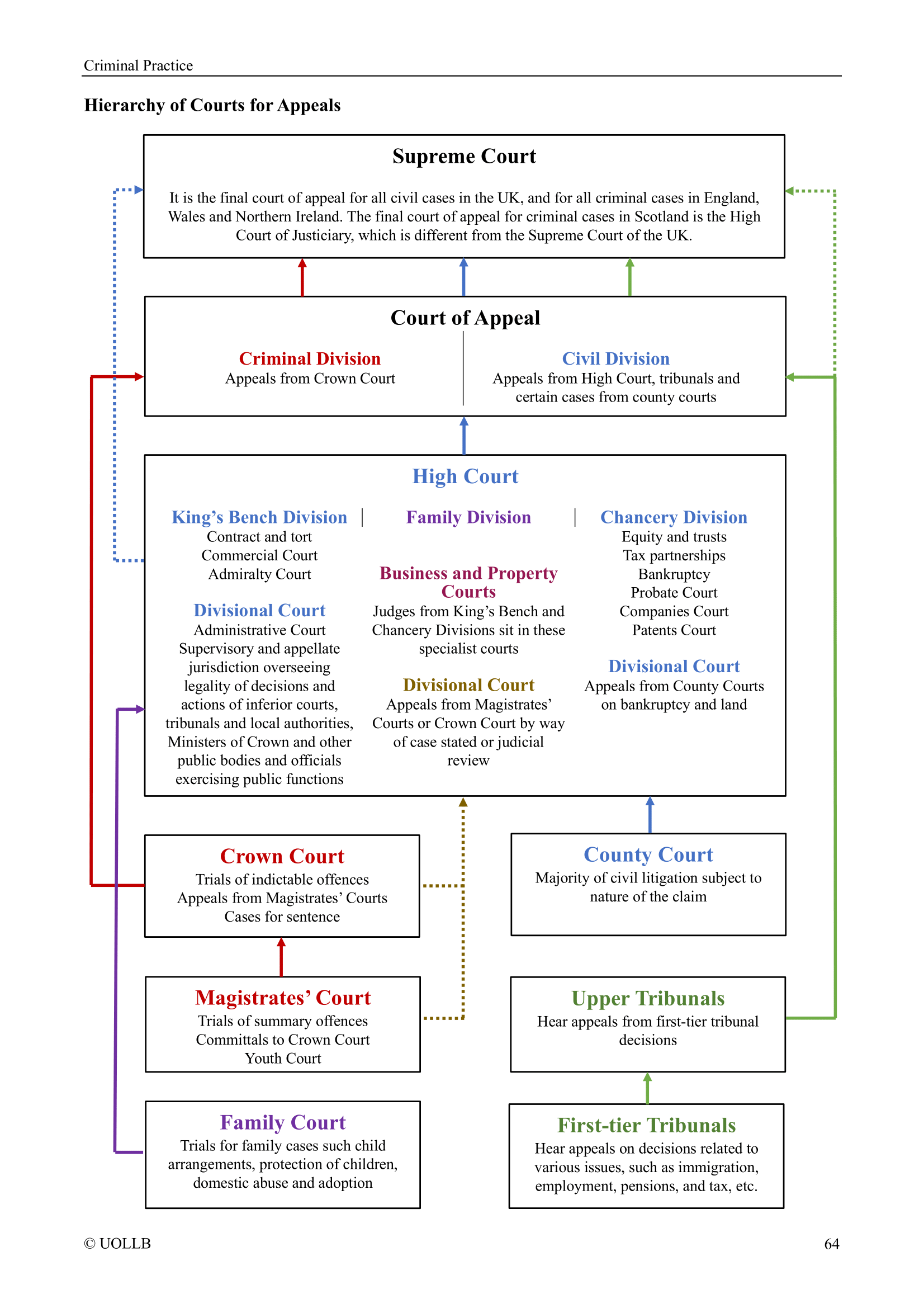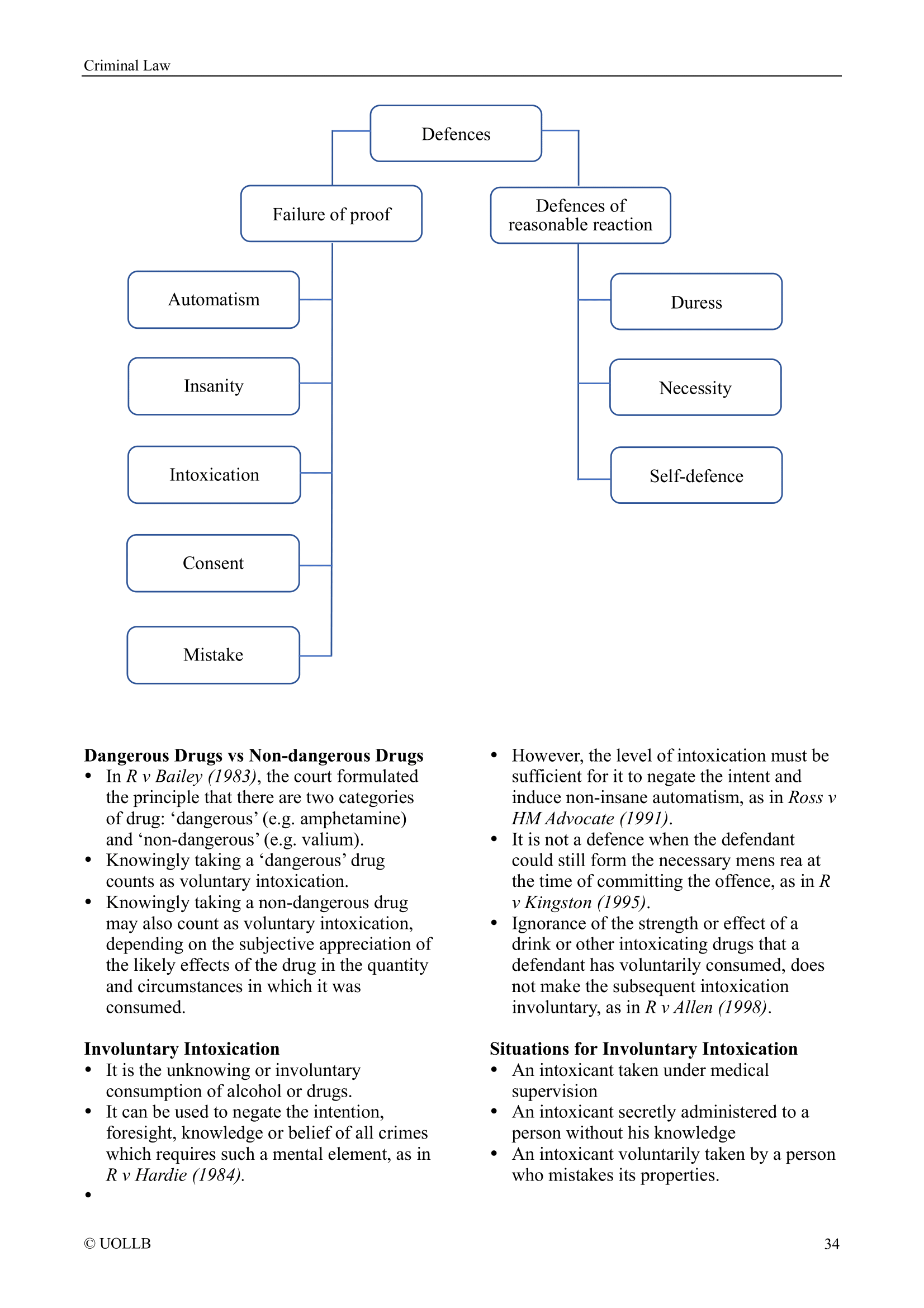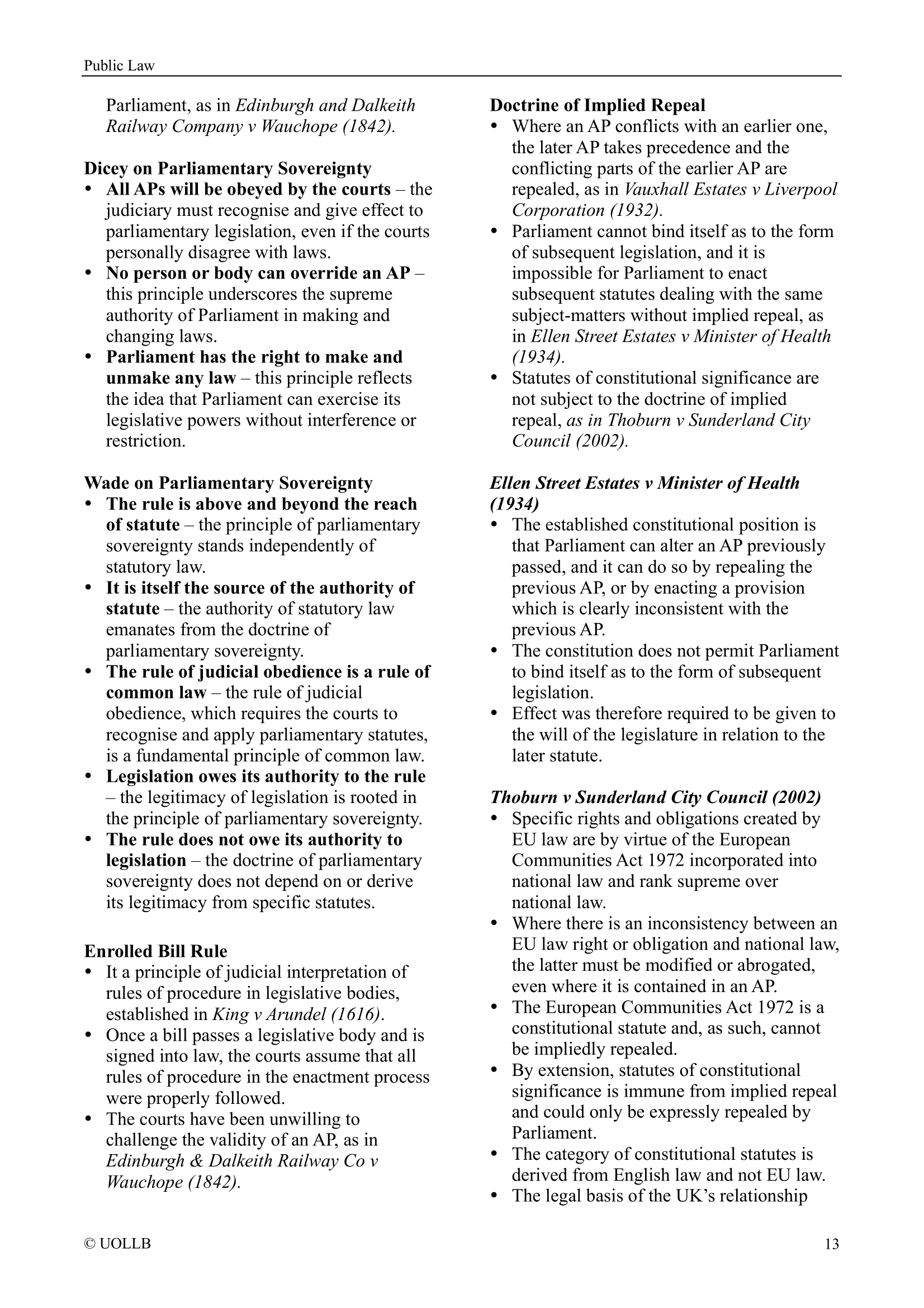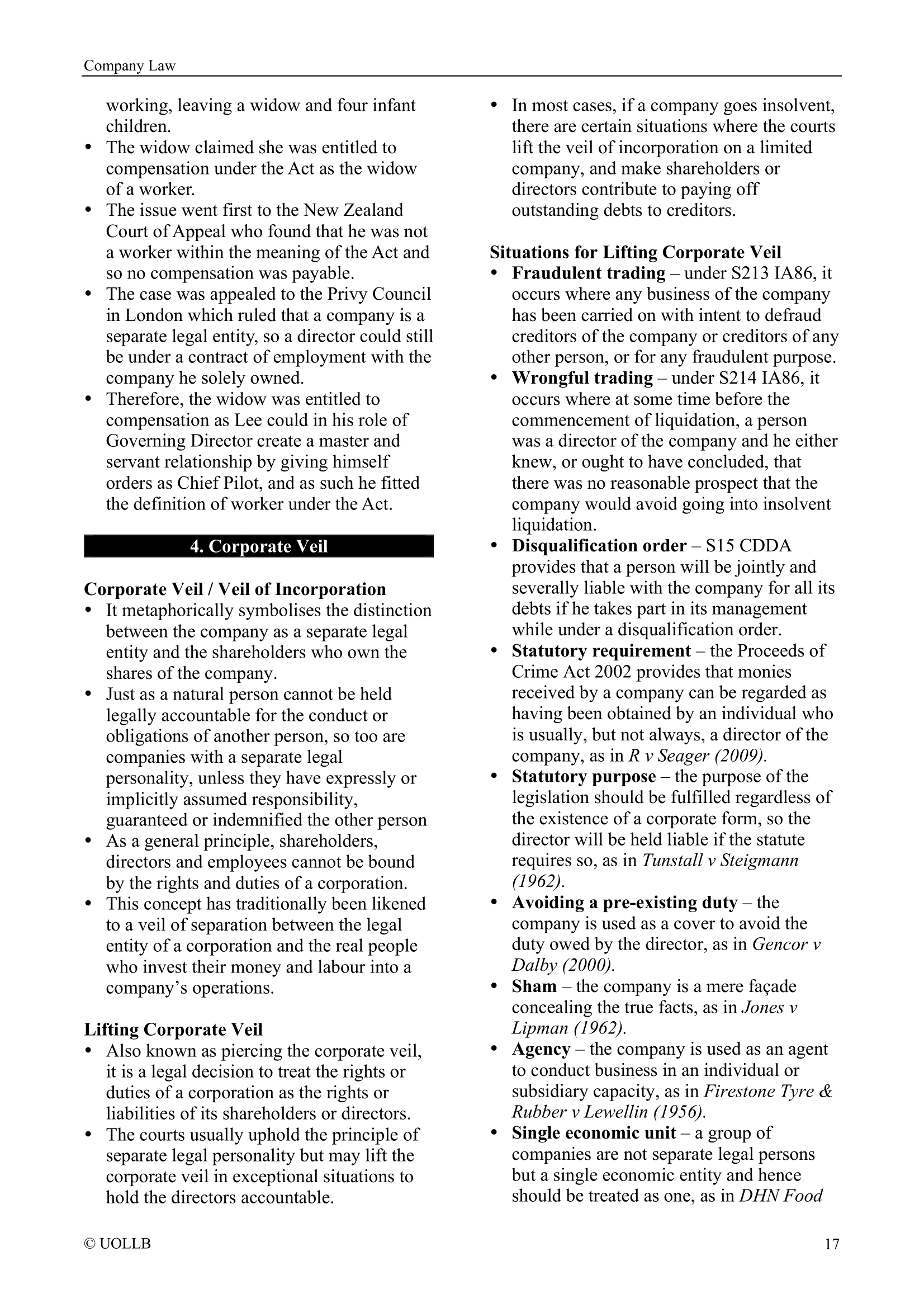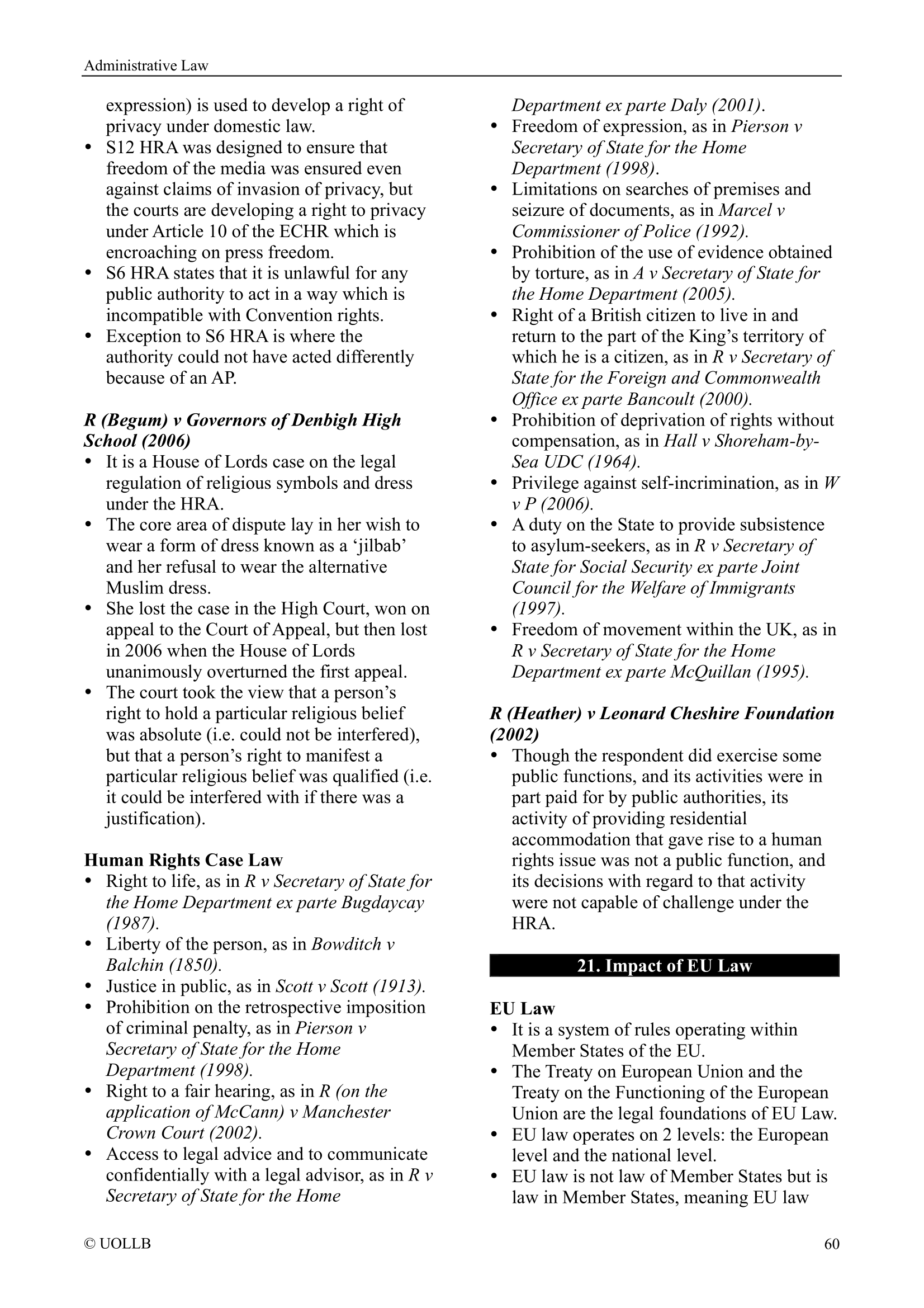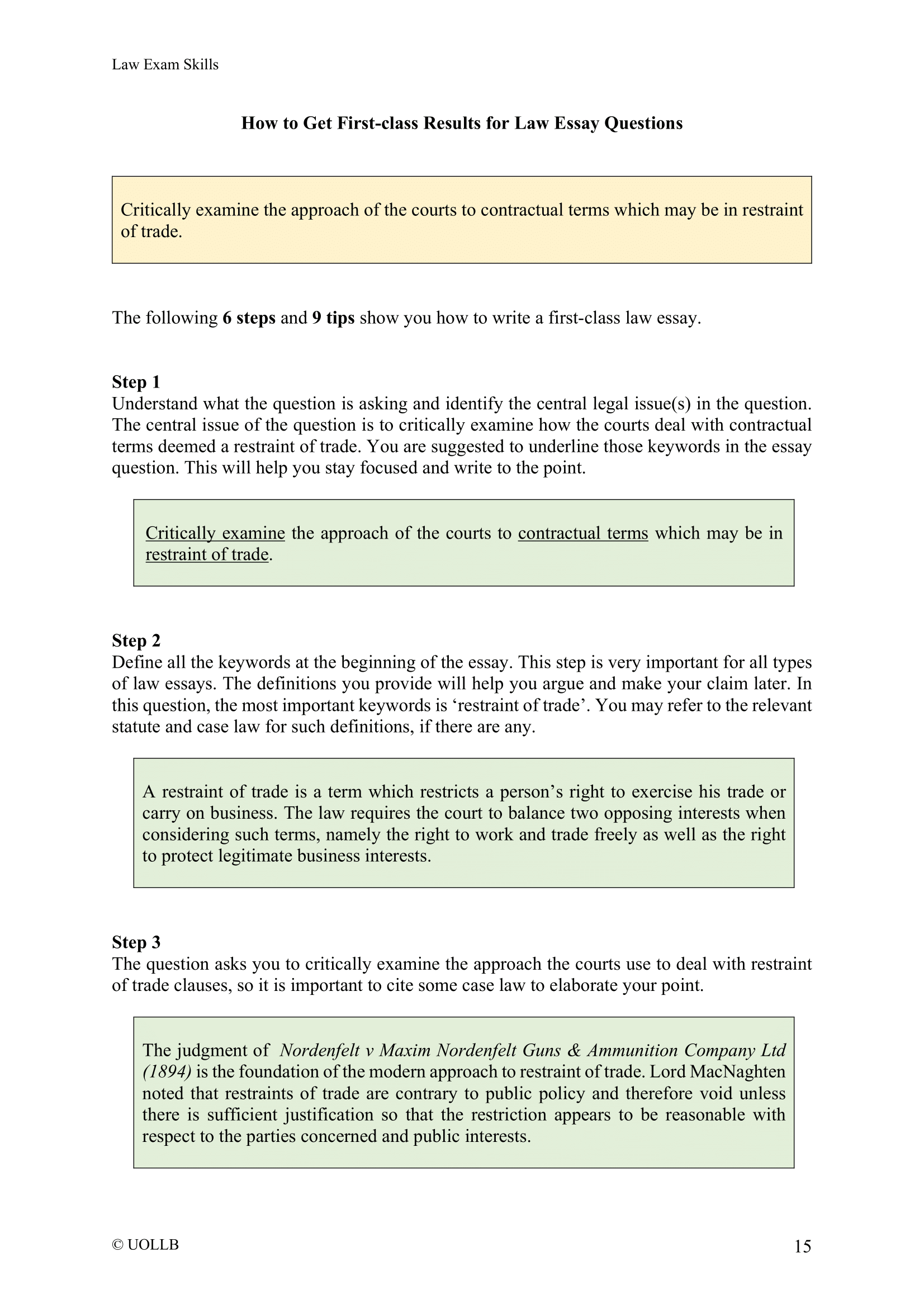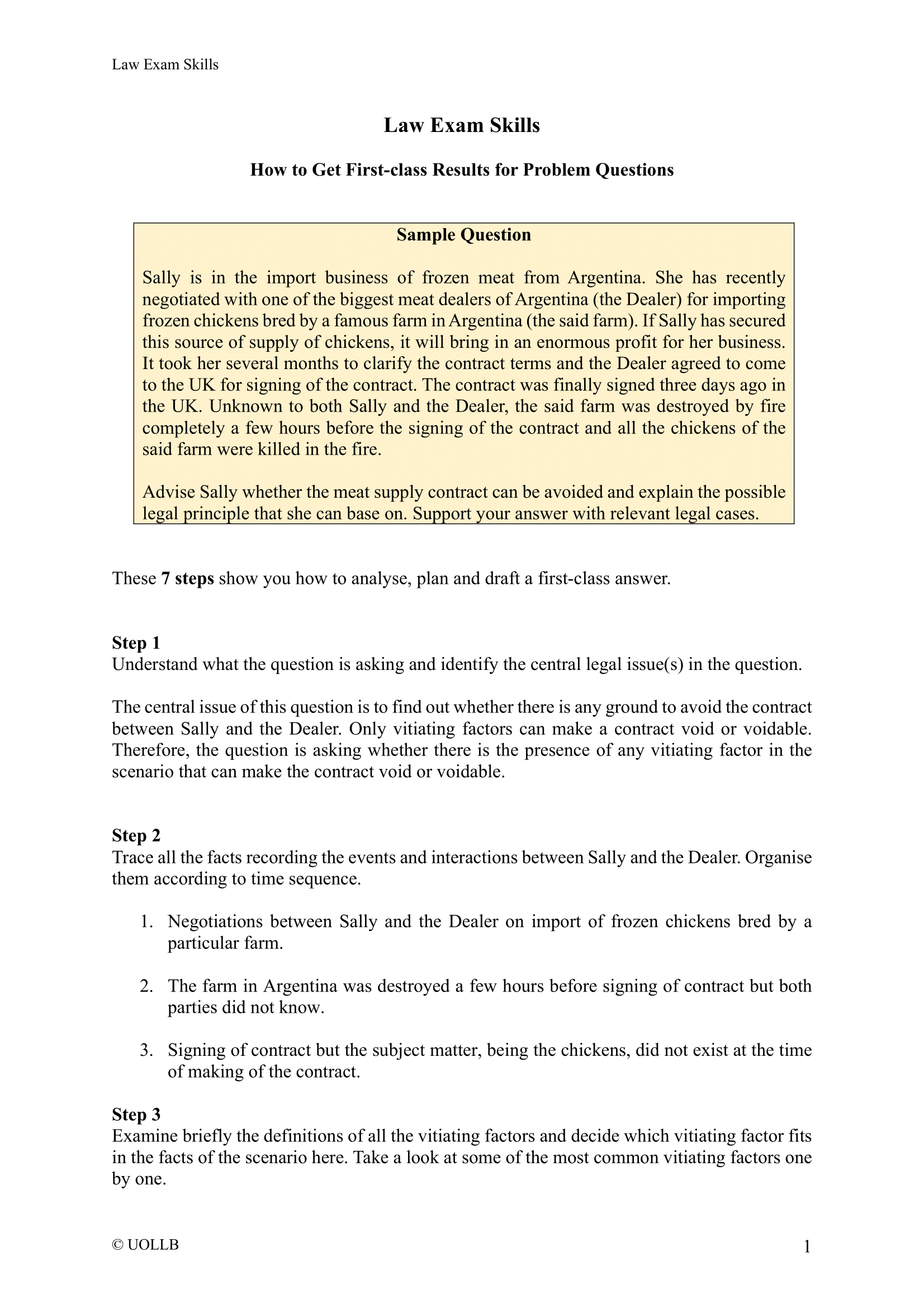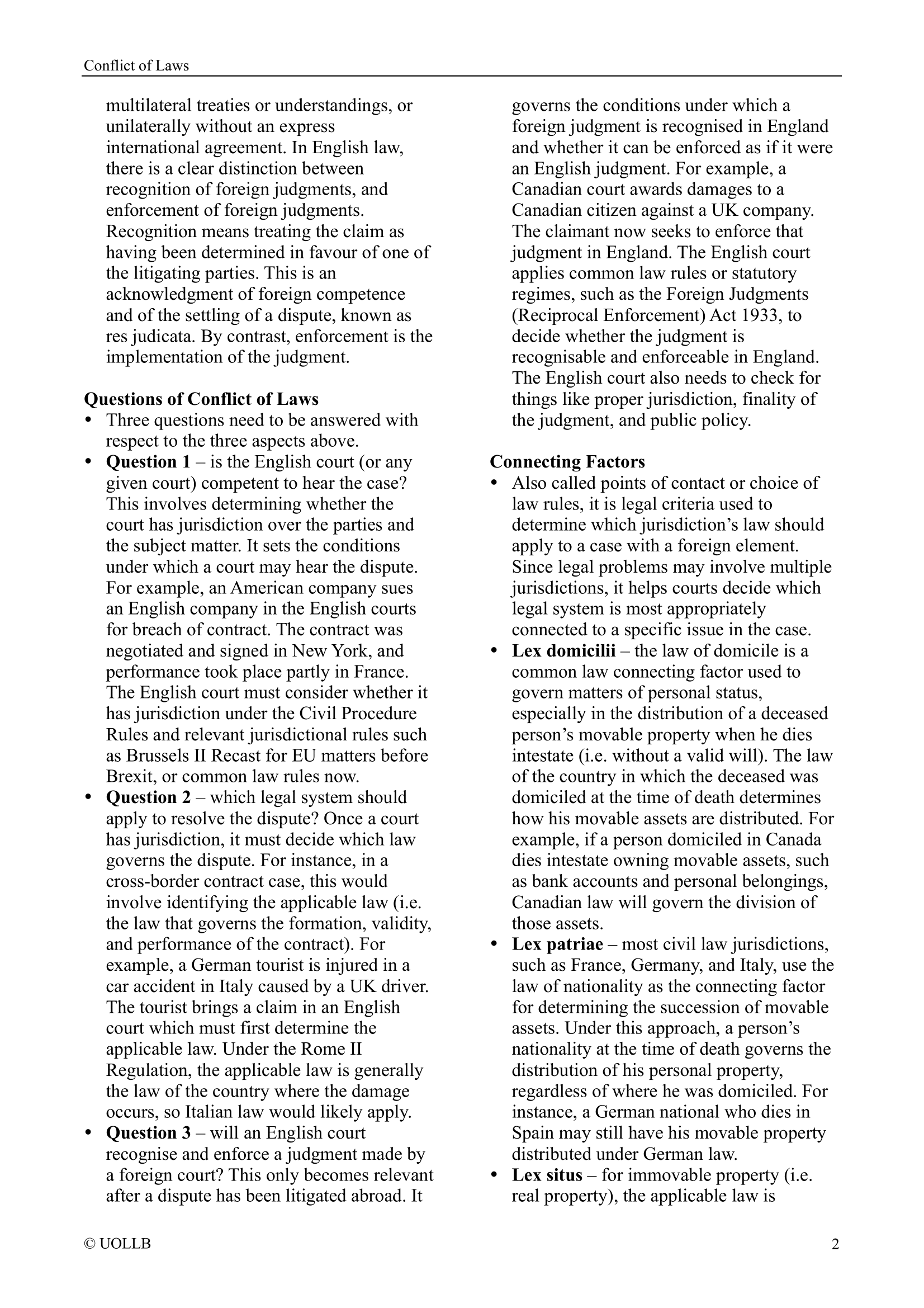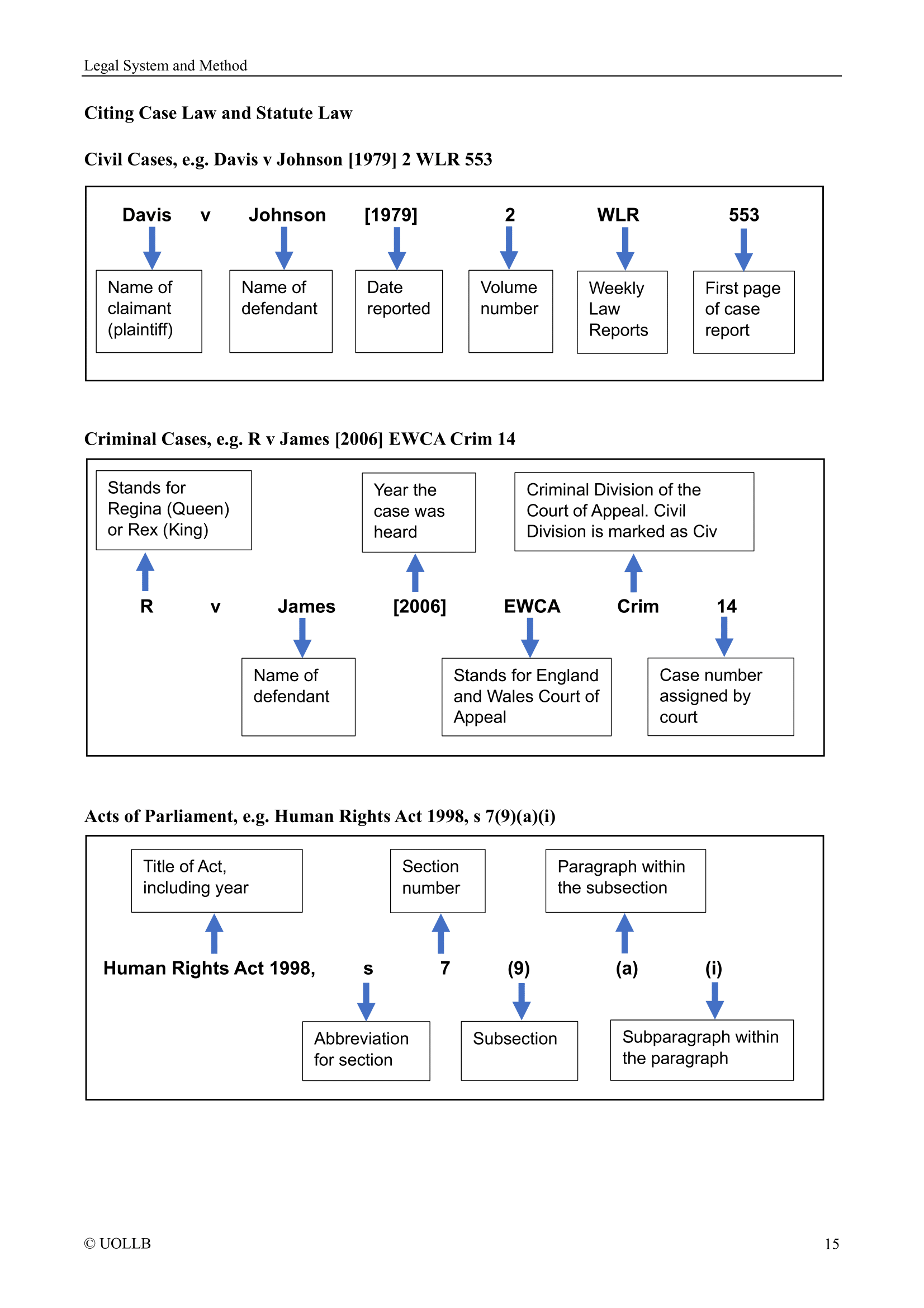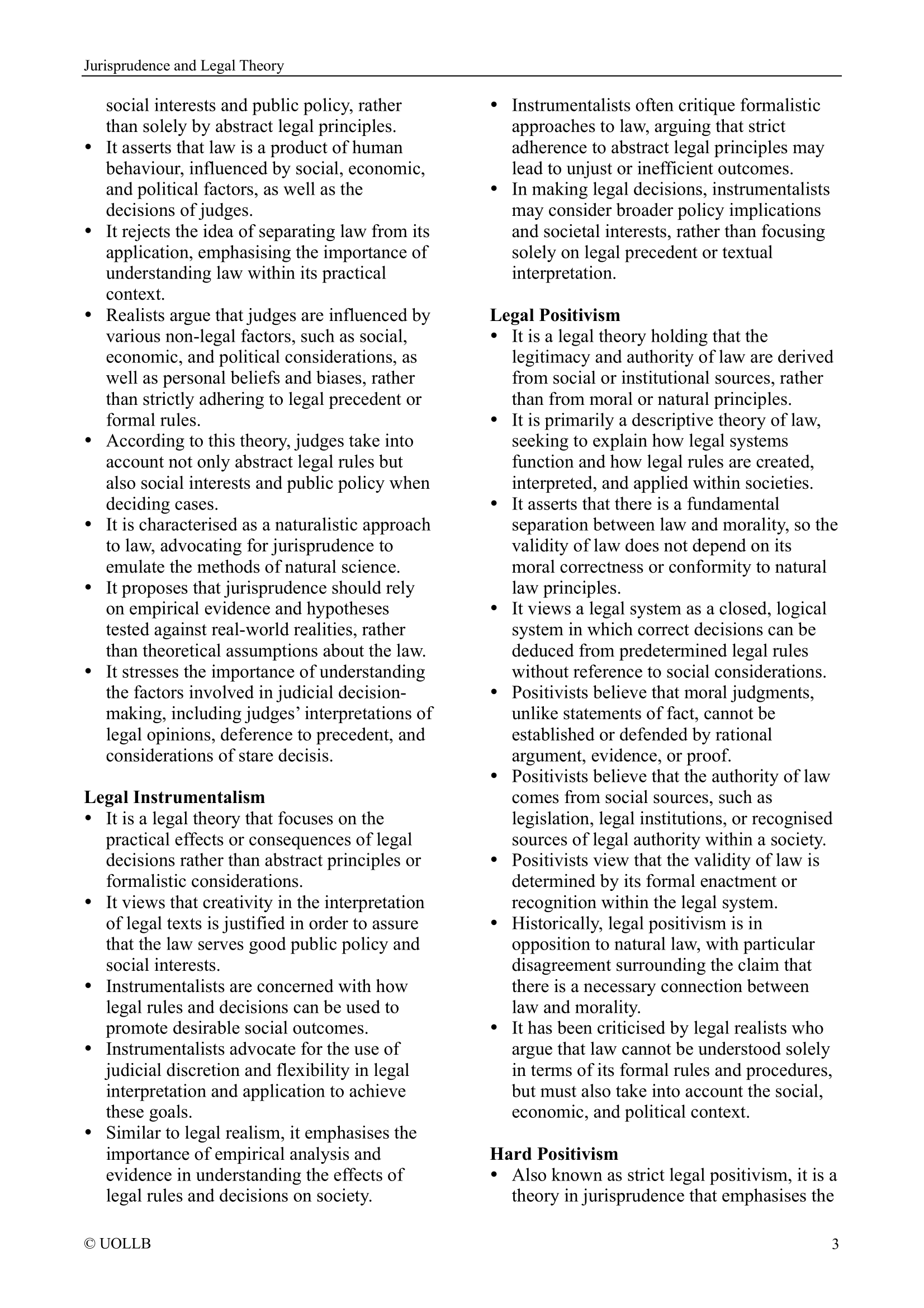R (Nicklinson) v Ministry of Justice [2014]
Share
R (Nicklinson and another) v Ministry of Justice; R (AM) v Director of Public Prosecutions [2014] UKSC 38 arose from profoundly tragic circumstances, raising some of the most morally and legally difficult questions ever considered by a UK court. The appellants, all severely physically disabled individuals, sought legal permission either to end their own lives with assistance or for those who would assist them to be protected from criminal prosecution. Central to the legal arguments was whether the prohibition on assisted suicide under section 2 of the Suicide Act 1961 was incompatible with Article 8 of the European Convention on Human Rights (ECHR), which guarantees the right to respect for private and family life. The case also challenged whether the policy of the Director of Public Prosecutions (DPP) on prosecuting those who assist suicide was sufficiently clear and lawful.
Under the Suicide Act 1961, suicide itself was decriminalised by section 1, but section 2 made it a criminal offence to assist or encourage another person’s suicide, punishable by up to 14 years in prison. While the law had been amended in 2009, its essential effect remained the same. Importantly, prosecutions under section 2 could only proceed with the consent of the DPP. In 2010, the DPP published a prosecution policy providing guidance on when such prosecutions would or would not be in the public interest.
In the first appeal, Tony Nicklinson, who had been left almost entirely paralysed after a severe stroke, wished to end his life but was unable to do so without assistance. He sought a declaration that either (i) it would be lawful for a doctor to help him die or (ii) that the law criminalising assisted suicide violated his Article 8 rights. The High Court refused both declarations, and Mr Nicklinson subsequently refused food and died. His wife Jane continued the legal battle. Paul Lamb, also almost totally paralysed following a car accident, joined the proceedings, seeking similar relief. Their appeal was dismissed by the Court of Appeal.
The second appeal involved a claimant known as Martin, who had suffered a brainstem stroke and wished to travel to Switzerland to access lawful assisted suicide through the Dignitas organisation. He sought clarification of the DPP’s 2010 prosecution policy to reassure those who might assist him in this process that they would not face criminal charges. The High Court dismissed his case, but the Court of Appeal found that the DPP’s policy was unclear with respect to healthcare professionals and partially allowed his appeal. The DPP then appealed to the Supreme Court, while Martin cross-appealed.
The Supreme Court issued a divided judgment. On the first appeal, the Court by a majority of 7 to 2 dismissed the appeal brought by the Nicklinson and Lamb families. It held unanimously that determining whether the UK’s ban on assisted suicide is incompatible with Article 8 lies within the UK’s “margin of appreciation” under the ECHR. Five Justices (Lord Neuberger, Lady Hale, Lord Mance, Lord Kerr, and Lord Wilson) held that the UK courts do have the constitutional authority to declare that section 2 is incompatible with Article 8. However, only Lady Hale and Lord Kerr would have made such a declaration in this case. The majority (Neuberger, Mance, and Wilson) found it would be premature to issue such a declaration before Parliament had been given a chance to review the law in light of the issues raised.
The four remaining Justices (Lords Sumption, Clarke, Reed, and Hughes) believed that although the courts had jurisdiction, the issue was more appropriately left to Parliament, since it involved complex moral judgments and social policy decisions better suited to a democratic legislature. They stressed that the conflict between autonomy and the sanctity of life, and the risk to vulnerable people if assisted suicide were legalised, were moral issues for Parliament, not the courts, to resolve. Parliament had previously considered and rejected such legalisation, reinforcing their view that judicial intervention was not appropriate at this time.
In terms of Article 8, all nine Justices agreed that the ban on assisted suicide does interfere with the right to respect for private life, particularly for those who are physically incapable of ending their own lives without help. However, whether that interference was justified under Article 8(2) depended on whether it was “necessary in a democratic society” for the protection of the vulnerable, public health, or morals. The majority found that the blanket ban could potentially be disproportionate but declined to issue a declaration of incompatibility without further evidence and Parliamentary consideration.
On the second appeal, the Supreme Court unanimously allowed the DPP’s appeal. It confirmed that the DPP’s 2010 prosecution policy was lawful and within her discretion. The Court recognised that the DPP had a legitimate role in exercising judgment in each case and that the courts should not dictate the content of that policy, although they could require clarity. The DPP’s indication that carers acting responsibly and without profit were unlikely to face prosecution was seen as a fair and proportionate exercise of discretion. As a result, Martin’s cross-appeal was dismissed as it became unnecessary in light of the ruling.
In conclusion, the case highlighted a profound legal and moral dilemma: how to balance respect for personal autonomy with the need to protect vulnerable people. While the Supreme Court acknowledged the strength of the human rights arguments advanced, the majority ultimately deferred to Parliament to decide whether and how to reform the law on assisted suicide. The case remains a landmark judgment on the constitutional limits of judicial power in human rights disputes and continues to inform ongoing debate over end-of-life choices in the UK.
